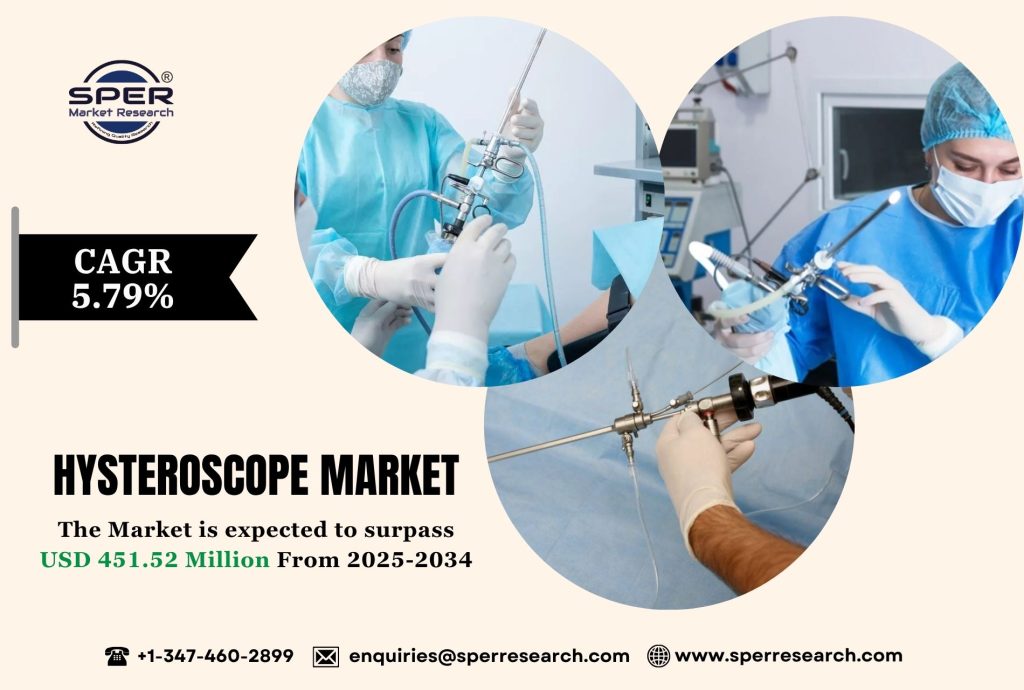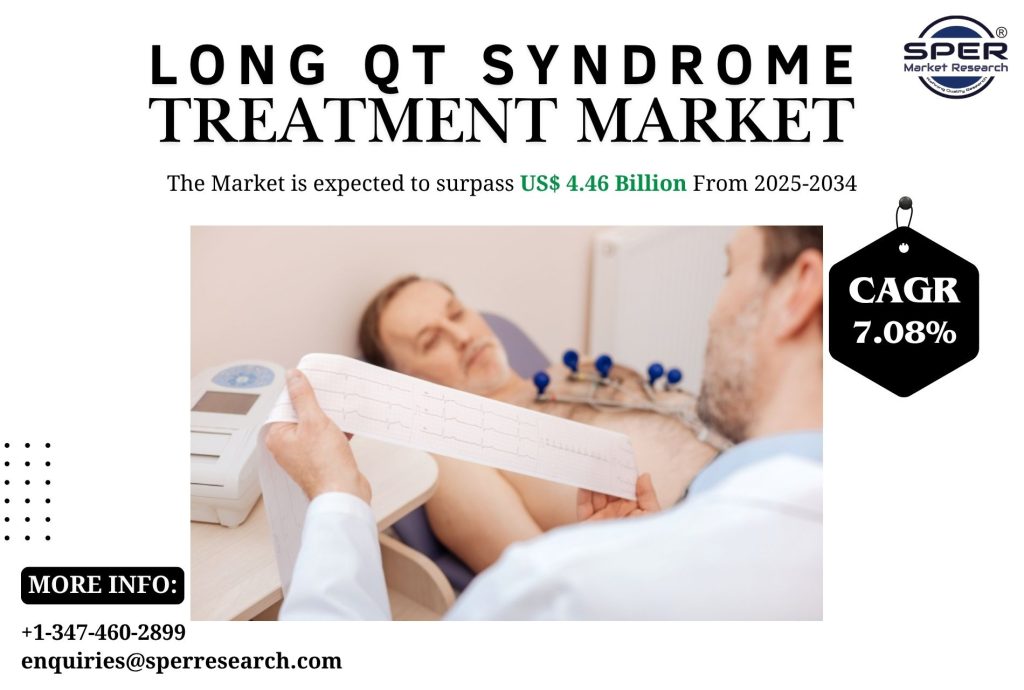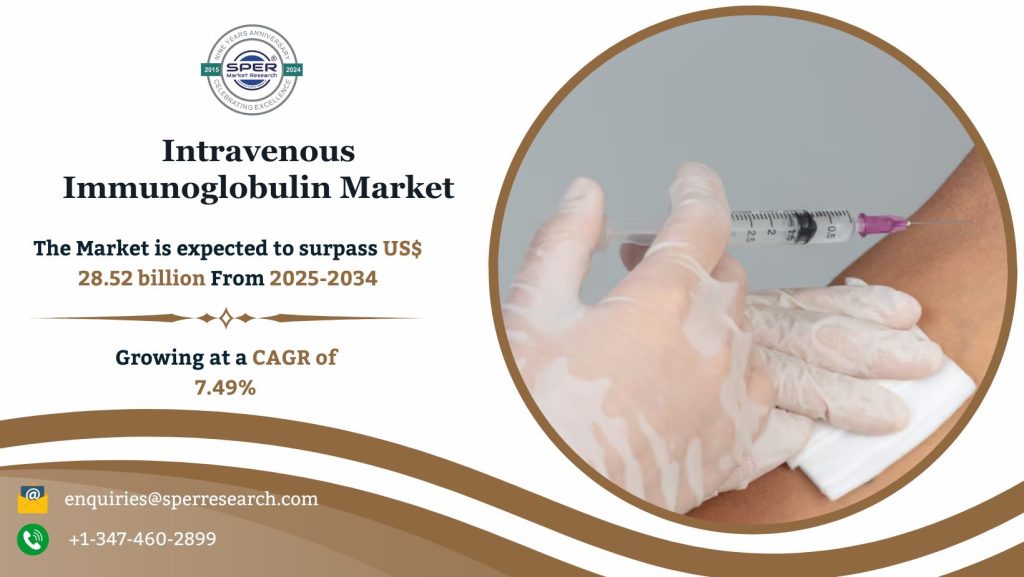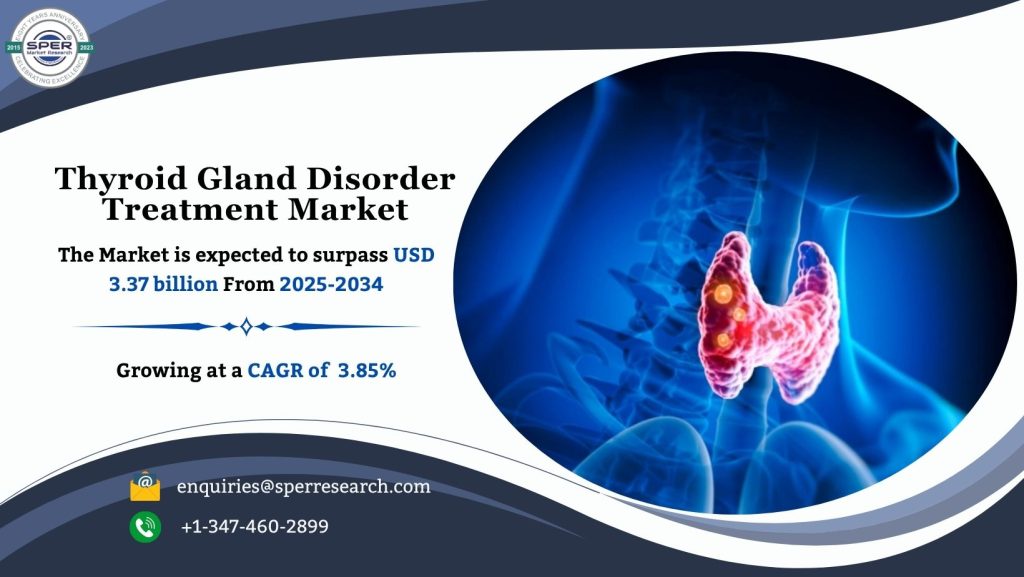Durable medical equipment (DME) refers to medical devices and supplies intended for long-term use, often to manage medical conditions or support daily living activities for people with impairments or chronic illnesses. These items are designed to be reused and are frequently suggested by healthcare experts.
According to SPER market research, ‘Global Durable Medical Equipment Market Size- By Product, By End User – Regional Outlook, Competitive Strategies and Segment Forecast to 2034’ state that the Global Durable Medical Equipment Market is predicted to reach 427.67 billion by 2034 with a CAGR of 6.17%.
Drivers:
The DME market is growing quickly due to the rise of chronic diseases, an aging population, and a move towards home-based healthcare. Technology is changing the field, with smart features in devices like oxygen concentrators and mobility aids improving patient care. Portable and lightweight devices have made care easier for patients. Public and private investments, along with favorable reimbursement policies, are also driving market growth.
Request a Free Sample Report: https://www.sperresearch.com/report-store/durable-medical-equipment-market?sample=1
Restraints:
The high upfront cost of durable medical equipment (DME) is a major barrier to access, especially for low-income individuals and healthcare facilities with limited budgets. Many patients, particularly the elderly and those without proper insurance, struggle to afford essential devices, leading to delays in treatment. This problem is worse in emerging markets, where healthcare infrastructure is weak and subsidies are scarce. Additionally, hospitals in these regions may not afford advanced equipment, further hindering healthcare delivery. This financial challenge limits the use of DME and slows market growth in underserved areas.
North America held the largest market share in 2024. The quick adoption of modern equipment in the United States has enabled the region to capture a larger market share. The presence of major manufacturers, as well as the rapid acceptance of innovative products, are expected to drive the region’s expansion even further. The area is always producing cost-effective and innovative devices for patients in order to capture a large portion of the market. Furthermore, the increasing number of hospitals and the growing geriatric population are driving regional market expansion. Some of the key market players are Invacare Corporation, ArjoHuntleigh, Stryker Corporation, Hill Rom, Inc, Drive Medical, and others.
For More Information, refer to below link: –
Durable Medical Equipment Market Growth
Related Reports:
Follow Us –
LinkedIn | Instagram | Facebook | Twitter
Contact Us:
Sara Lopes, Business Consultant — USA
SPER Market Research
enquiries@sperresearch.com
+1–347–460–2899









